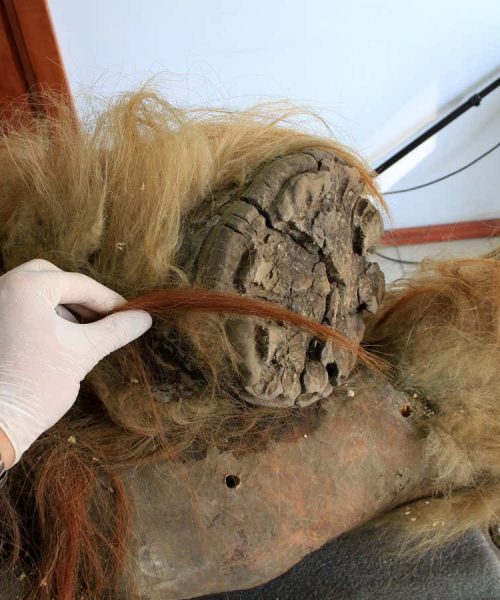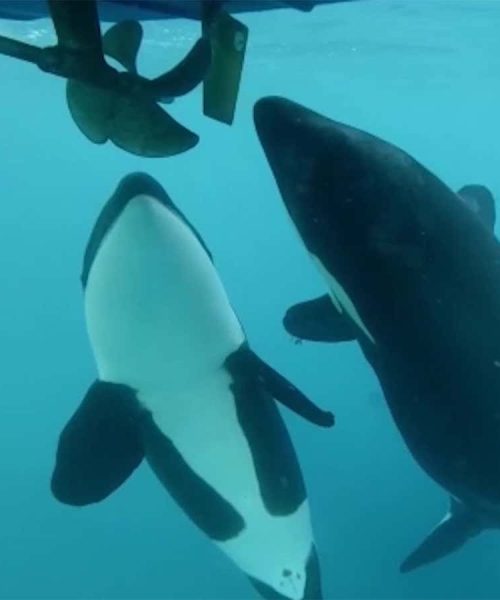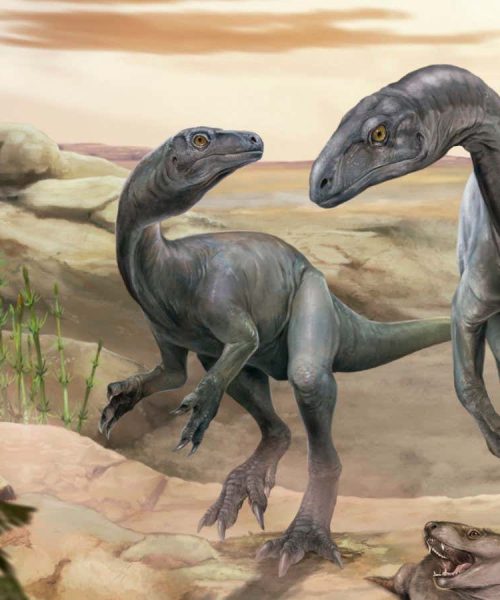
Illustration of an Ichthyotitan severnensis carcass washed up on a beach
Sergey Krasovskiy
The 200-million-year-old fossilised remains of an ancient ichthyosaur, unearthed on a beach in south-west England, may be part of the largest marine reptile ever found.
In 2020, amateur fossil hunters stumbled across a giant chunk of bone at Blue Anchor beach in Somerset. Upon further inspection, Dean Lomax at the University of Manchester, UK, and his colleagues quickly realised that it was a jawbone fragment of a giant ichthyosaur – a kind of reptile that roamed the oceans between 250 and 90 million years ago.
Advertisement
Subsequent digs at the beach have uncovered 11 more fragments, allowing the team to partially piece together a bone that sits in the back of the jaw called a surangular.
This latest discovery comes after a 2018 report that described a similar ichthyosaur jawbone found on a different Somerset beach. At the time, the team didn’t have enough evidence to determine its species.
“It was very clear that this was another one of these giant jawbones,” says Lomax. “So I was very, very excited.”
After comparing the partial surangular with the complete ones of other ichthyosaurs, the team estimates that the whole bone was at least 2 metres long – putting the animal’s body length at around 20 to 25 metres.
“We’re dealing with something truly enormous,” says Lomax. “It would certainly represent the largest marine reptile formally described.”
The nature of the surangular, which matches the one reported in 2018, means both fossils must have belonged to a previously undescribed species of ichthyosaur, says Lomax. The team have named it Ichthyotitan severnensis, meaning the giant fish lizard of the river Severn.
The remains date to around 202 million years ago, just before a major global extinction event that wiped out many species, including many giant ichthyosaurs.
“They are quite literally the last giants,” says Lomax. “No ichthyosaurs got anywhere near this size again.”
Topics:





